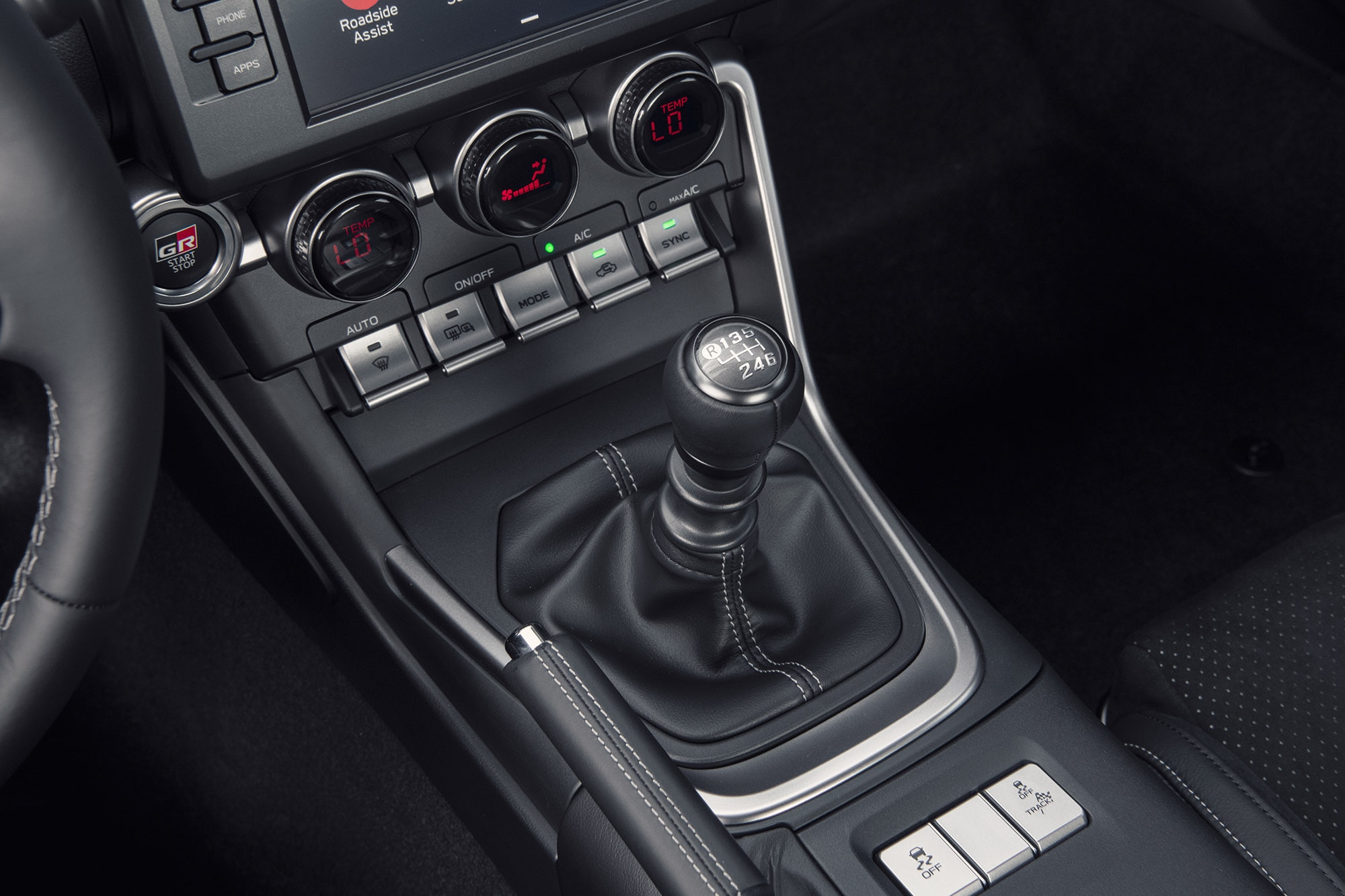What Is Hill-Start Assist?
This automotive technology makes starting on a hill easier.
 Toyota
Toyota
While rolling backward on a hill is a predicament primarily associated with manual-transmission vehicles, all cars are subject to the laws of gravity. So when you're stopped on a steep incline, you may worry that in the short time it takes to move your foot from the brake to the gas, your car could roll back and cause a fender bender. That backward movement is what hill-start assist aims to prevent.
Hill-Start Assist Applies the Brakes to Keep Vehicles From Rolling Backward
Hill-start assist (HSA) uses a suite of sensors in conjunction with the braking system to hold a vehicle stationary on an incline while the driver moves their foot from the brake to the accelerator.
Sometimes known as hill-hold control or hill-holder, hill-start assist is available on many modern vehicles with manual or automatic transmissions, and is a separate feature from automatic brake hold, hill-descent control, and downhill assist control.
Hill-Start Assist Operation Varies by Car
How the technology works varies depending on the vehicle's make, model, and drivetrain. Vehicles equipped with HSA typically have it on by default. Most times, it can be deactivated by using a physical button or a setting in the infotainment.
When activated, hill-start assist is engaged when the vehicle's sensors detect the car is in gear but stopped on a hill. When the driver lifts their foot off the brake, the system holds the vehicle in place until the driver presses the accelerator or until the maximum hold time is reached. Hold times can vary by manufacturer. For example, Kia's version will hold a vehicle for three seconds before disengaging, while some Toyota and Nissan vehicles maintain the brake position for two seconds.
In general, activating the car's parking brake or changing to a gear other than Drive will cancel HSA in automatic-transmission vehicles. However, the system may not be able to hold the vehicle on steep inclines or icy roads where traction depends on the road surface. Drivers should be able to find additional specifications and limitations of the technology outlined in their vehicle's owner's manual.
Hill-start Assist Can Prevent Excessive Wear on a Manual Transmission's Clutch
Hill-start assist can be particularly helpful for owners of vehicles with a manual transmission, as the technology may keep them from "riding the clutch" to prevent the vehicle from slipping backward when starting on a hill. Riding the clutch, meaning applying throttle when the clutch is only partially engaged, increases wear on clutch components, and is best to avoid.
Written by humans.
Edited by humans.
 Liane Yvkoff
Liane YvkoffLiane is an automotive technology and lifestyle writer covering alternative powertrains, transportation startups, next-generation infotainment systems, and just about anything else that could “disrupt” your daily commute. Her work has appeared online and in print.
Related articles
View more related articles